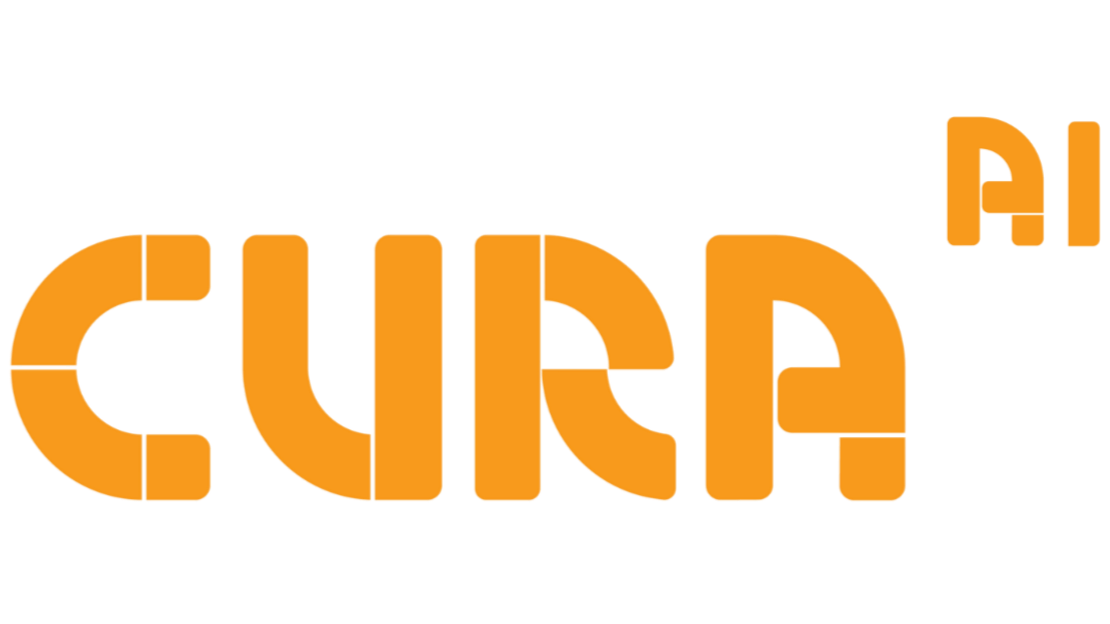Short units and student skills – our recipe for successful PBL
Zanli Reyneke - Tomorrow’s People College
Why PBL?
Teachers and schools turn to project-based learning (PBL) for different reasons.
For some, it’s to increase student engagement through making their learning more hands-on and meaningful. And for others, it’s to give students more agency and ownership over their learning.
For us at Tomorrow’s People College, our impetus for turning to PBL was to build soft skills (like problem-solving, creative thinking, and collaboration) into the curriculum. These are critical to a student’s success, both in the classroom and beyond it. And we felt PBL was the best way to seamlessly integrate content and skills into the curriculum.
The need for this became even more apparent after students returned from remote learning. Having been separated from their peers for so long, students found it hard to dive back into collaborative tasks. Conflict within and between groups was common. And it wasn’t just students’ interpersonal skills which needed reinforcement. Everything from their time management through to their verbal and written communication skills had atrophied somewhat.
Better collaborators, better learners
We took a scaffolded approach to teaching students the soft skills necessary to navigate a PBL unit. Having seen students go backwards in even the most basic collaborative skills after returning from remote learning, we wanted to focus on this first before focusing on any higher-order critical thinking or problem-solving skills.
It took us a few weeks to re-teach the basics of interpersonal skills and collaboration. And at first, students found it difficult to navigate a team environment within their PBL units. But this initial upfront investment paid off.
Across the units, we saw improved collaborative skills not just positively impacting a students’ experience of a PBL unit. We also saw it improve a teachers’ experience. For example:
Students were better able to self-direct their learning. This was especially true because students offered more help to each other, as opposed to only relying on the teacher for input and guidance. Each group were able to draw on the strengths of an individual to help the group as a whole
Instead of spending time dealing with student conflict or constantly helping individual students, teachers could be more strategic in where they spent their time. In particular, greater student autonomy freed up teachers to spend more time diving into the possible end products which each group wanted to create. They could help students research the feasibility of their proposed solution and provide targeted suggestions of how and where to start
We also saw a clear link between student participation – which was driven by greater collaborative skills – and their performance. Students who actively participated with their teammates performed better. Students who did not collaborate as effectively had to spend more time redoing and resubmitting their work because of gaps in their understanding. This was clear evidence of the power of effective collaboration and ‘peer teaching’ within groups.
Better communicators, better learners
We didn’t just focus on building students’ collaborative skills. We also focused on building students’ oral and written communication skills. As perhaps the ultimate meta-skills, we were confident that improvement in these areas would flow through to performance.
The early signs we’ve seen vindicate this. By building students’ oral presentation skills, students could better articulate their thought processes with their teammates and in class discussions. And we also found that students could think through a problem more clearly if they had strategies for refining their written communication. So rather than speaking and writing simply being an extension of a students’ thought processes, we found it also works in the opposite direction. Better strategies for written and verbal communication can produce clearer and deeper thinking.
Shorter units are better
We learned that short, sharp PBL units worked better than a long, open-ended PBL investigations.
The shorter units gave teachers more flexibility in how they used them. Teachers could choose where and how to introduce a unit into their teaching of a topic, rather than embarking on a long unit which was the topic. It also reduced the chance of a PBL unit not aligning with or fully covering a topic. As the shorter units allowed a teacher to use PBL to address part of a topic, they could then teach the rest of a topic as normal to ensure students had no gaps in their knowledge.
We also found that students engaged better with the shorter units. They were able to work through it quicker and more clearly see a path to the finish, rather than getting bogged down in the middle of a longer unit.
PBL works for struggling and higher-ability students alike
That PBL is a great way to engage higher-ability learners is well-documented. Students need higher-order thinking to transfer their content knowledge to a real-world context. This enriches and extends their learning, which keeps students who have already mastered the content basics motivated.
This doesn’t mean PBL is inaccessible for lower-ability students, or that it should only be used as an extension tool. We’ve seen PBL have a significant impact for our struggling students.
Because of the practical and immersive nature of the unit, these students could access the curriculum content more effectively. We saw this through a greater demonstrated understanding of the curriculum across and at the end of the unit. Most excitingly, we’ve seen this impact outlast the end of the unit. These students have been able to recall and apply knowledge and skills learned in PBL units completed earlier in the year.
We’re excited to start more PBL units across the second half of the year!
Do you know an educator who wants to increase hands-on, real-world learning in their classrooms? If so, please share this article with them!
If you want to learn more, get in touch at hello@curaeducation.com.


